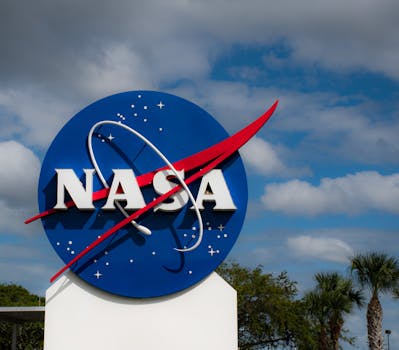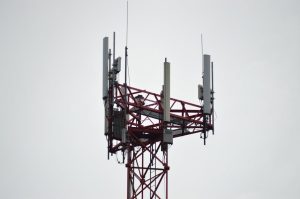Satellite Launch Missions and their Impact on Space Exploration
Satellite launch missions have revolutionized the field of space exploration, enabling us to study the universe, communicate with each other, and navigate the world with precision. In this article, we will explore the history of satellite launch missions, their impact on space exploration, and the future of satellite technology.

Satellite Launch Missions and their Impact on Space Exploration
Satellite launch missions have revolutionized the field of space exploration, enabling us to study the universe, communicate with each other, and navigate the world with precision. Satellite launch missions are an essential part of space exploration, as they provide a means of deploying satellites into orbit, which in turn enables us to gather data, conduct scientific experiments, and develop new technologies. In this article, we will explore the history of satellite launch missions, their impact on space exploration, and the future of satellite technology.
History of Satellite Launch Missions
The first satellite launch mission was conducted by the Soviet Union on October 4, 1957, with the launch of Sputnik 1, the first artificial satellite to be placed into Earth’s orbit. This historic event marked the beginning of the space age and paved the way for future satellite launch missions. Since then, numerous satellite launch missions have been conducted by space agencies and private companies around the world, including NASA, SpaceX, and the European Space Agency.
One of the most significant satellite launch missions in recent history is the launch of the Hubble Space Telescope in 1990. The Hubble Space Telescope is a space-based observatory that has revolutionized our understanding of the universe, providing stunning images and valuable data on the formation and evolution of galaxies, stars, and planets. Other notable satellite launch missions include the launch of the International Space Station, the Mars Curiosity Rover, and the New Horizons spacecraft, which has explored the outer reaches of the solar system.
Impact of Satellite Launch Missions on Space Exploration
Satellite launch missions have had a profound impact on space exploration, enabling us to study the universe, communicate with each other, and navigate the world with precision. Satellites have been used to conduct a wide range of scientific experiments, from studying the Earth’s climate and weather patterns to exploring the surface of other planets and moons. Satellites have also been used to develop new technologies, such as GPS navigation, satellite communications, and remote sensing.
Satellite launch missions have also enabled us to explore the outer reaches of the solar system, including the Kuiper Belt and the Oort Cloud. The New Horizons spacecraft, for example, has provided stunning images and valuable data on the dwarf planet Pluto and the Kuiper Belt, a region of icy bodies and other small celestial objects beyond the orbit of Neptune. The Voyager 1 spacecraft, launched in 1977, has entered interstellar space, becoming the most distant human-made object in space.
Future of Satellite Technology
The future of satellite technology is exciting and rapidly evolving. With the development of new launch vehicles, such as the SpaceX Falcon 9 and the NASA Space Launch System, the cost of accessing space is decreasing, making it more accessible to governments, companies, and individuals. The development of small satellites, such as CubeSats and nanosatellites, is also revolutionizing the field of space exploration, enabling researchers and companies to conduct scientific experiments and develop new technologies at a lower cost.
In addition, the development of satellite constellations, such as the SpaceX Starlink and the OneWeb constellation, is enabling the provision of global internet connectivity, navigation, and communication services. These constellations will consist of thousands of satellites in low Earth orbit, providing high-speed internet connectivity to remote and underserved communities around the world.
Conclusion
In conclusion, satellite launch missions have had a profound impact on space exploration, enabling us to study the universe, communicate with each other, and navigate the world with precision. The history of satellite launch missions is a rich and fascinating one, with numerous notable missions that have expanded our understanding of the universe and improved our daily lives. As satellite technology continues to evolve, we can expect to see new and exciting developments in the field of space exploration, from the deployment of satellite constellations to the exploration of the outer reaches of the solar system.
